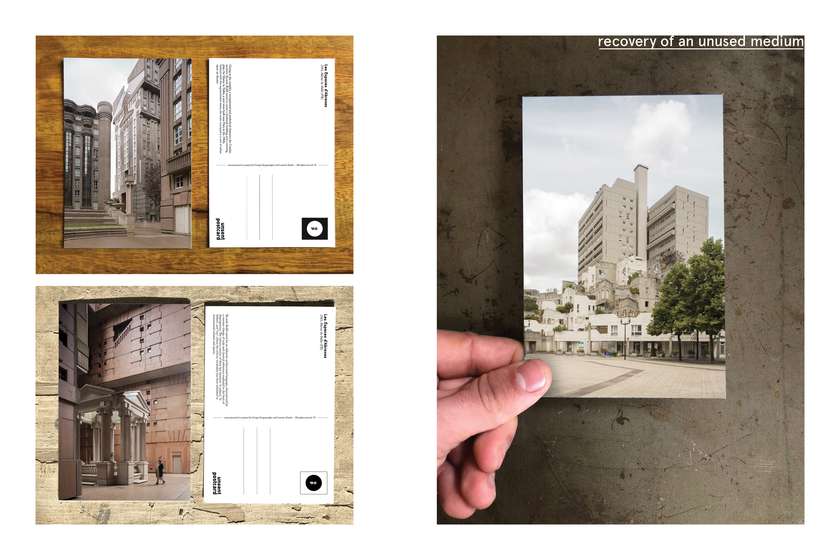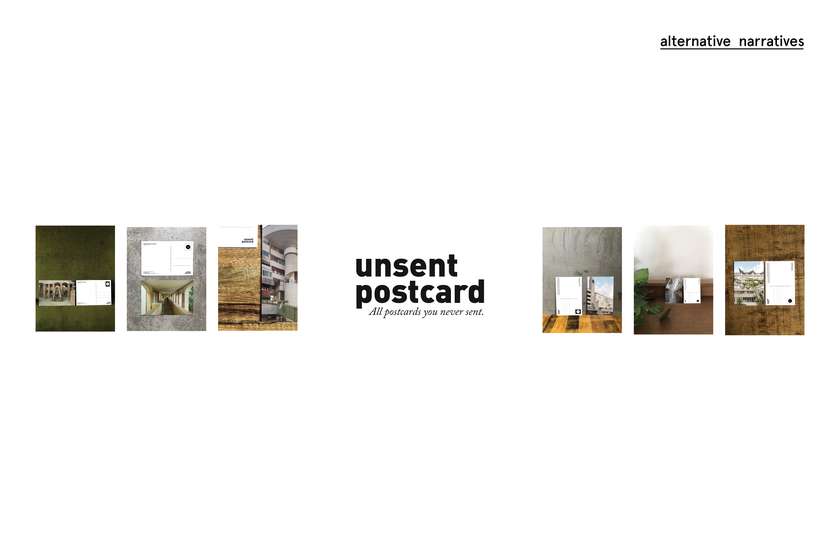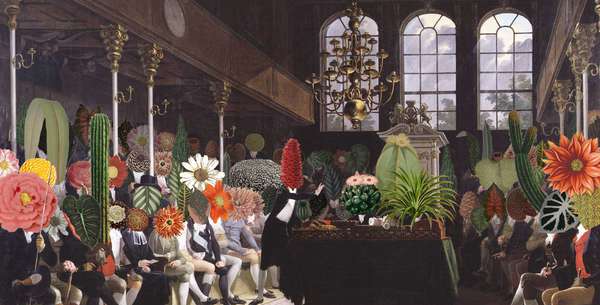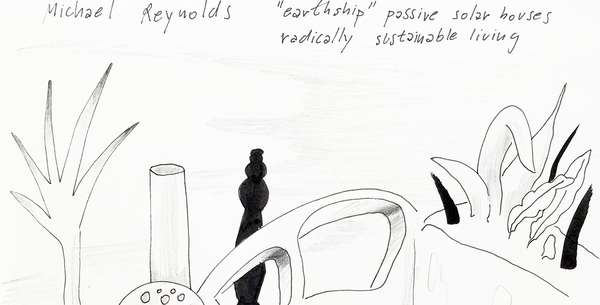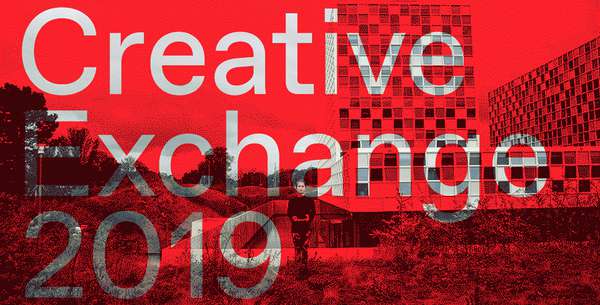Idea by
Giorgia Scognamiglio & Lorenzo Zandri
Call for ideas 2019
Unsent Postcard
Unsent Postcard
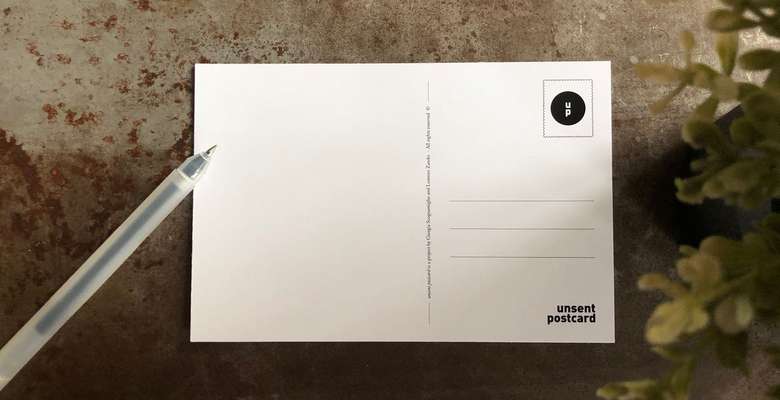
- Systemic changes
For decades, tourism destinations, particularly cities like Venice or Paris, have intensively relied on tourism market and Architecture has always represented an attractive force. However, they are now experiencing what is called the “overtourism” phenomenon, with ever-increasing tourist numbers and being mostly known for a few “instagrammable” glamour sites.
What can we expect from this new era of too much tourism?
Unsent Postcard answers inverting the process and celebrating significant, intriguing and rare architectures, cities and villages through the recovery of an unused medium of communication, the postcard. This project enlarges the concept of beauty and invites travelers to consider a wider range of places, take a moment to reflect on the experience and condense impressions in a few sentences on paper. Restoring the ideas of culture and sophistication of the Grand Tours, Unsent Postcard contrasts the consummistic and bulimic approach with slower meaningful explorations.
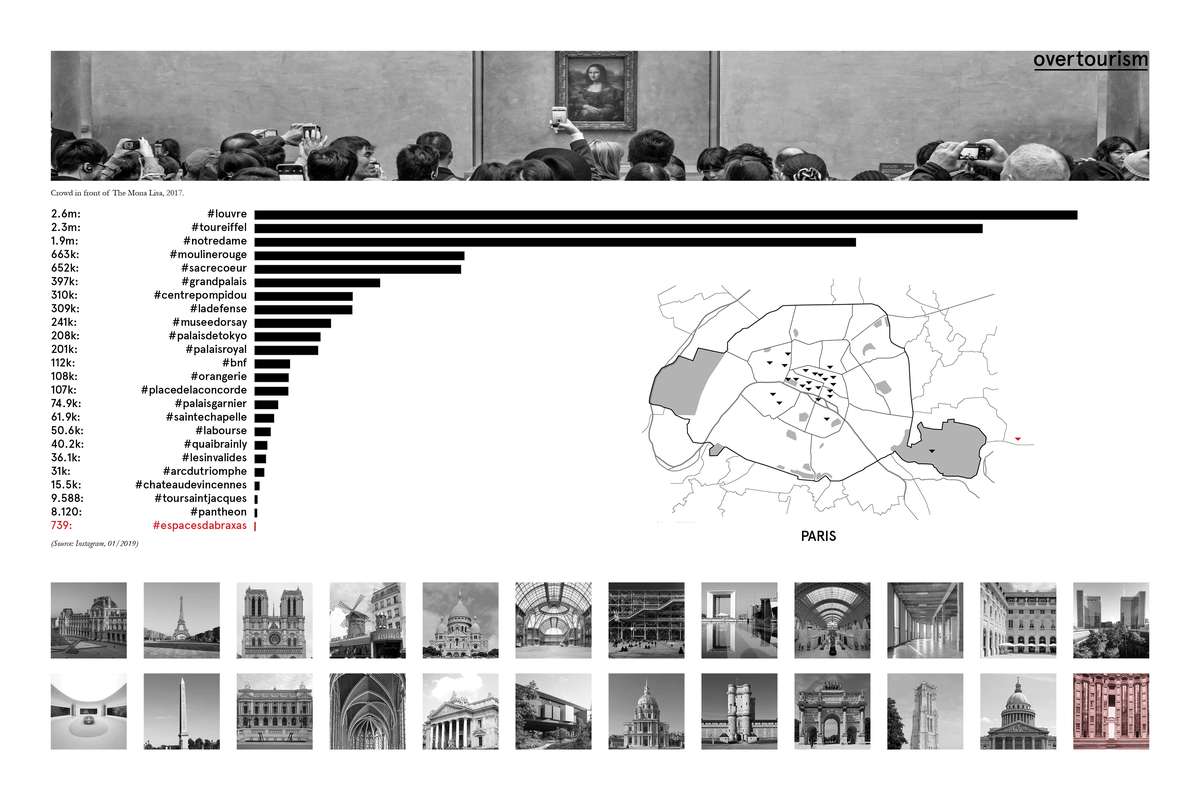
Opting for speed and mainstream “instagrammable” places, today’s travelers have almost lost the ability and the time to deeply understand the identity of the places they visit.
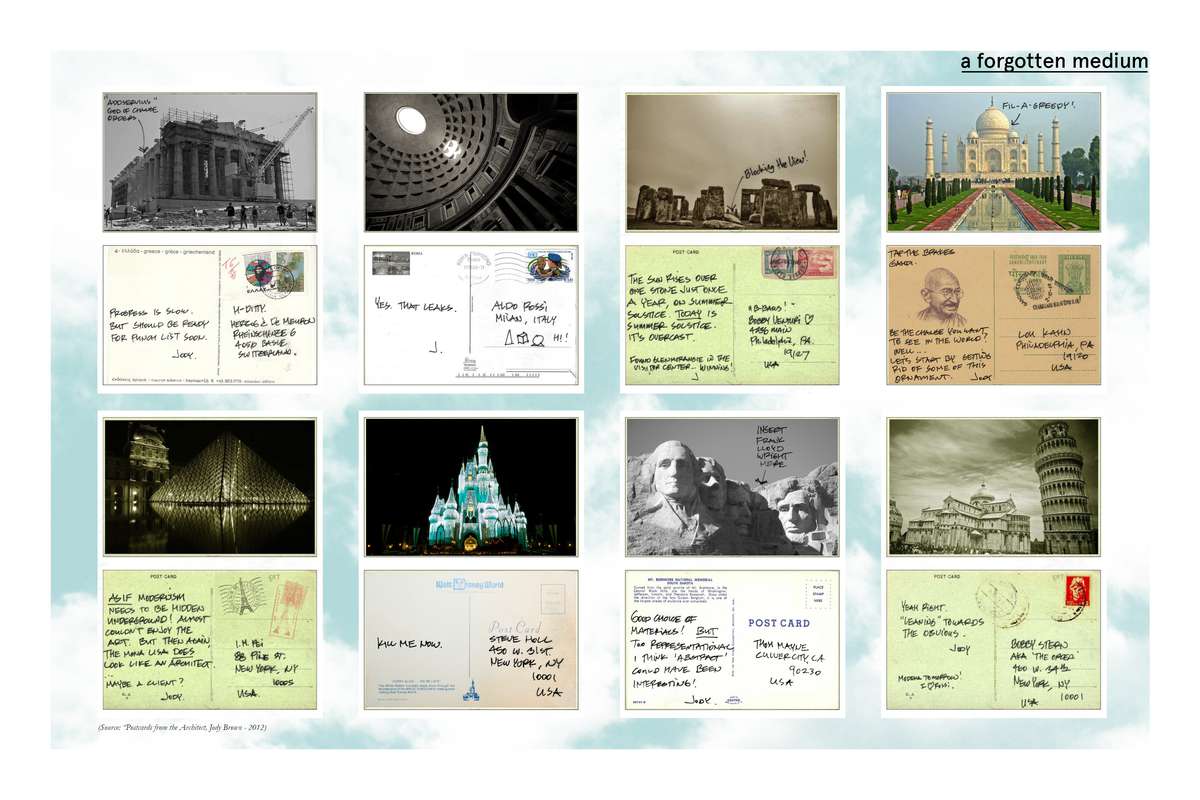
Mainly underrated now, the postcard has represented a powerful way to describe and spread the image of cities for many years, documenting the historical urban changes roughly from the ‘20s to ‘80s.
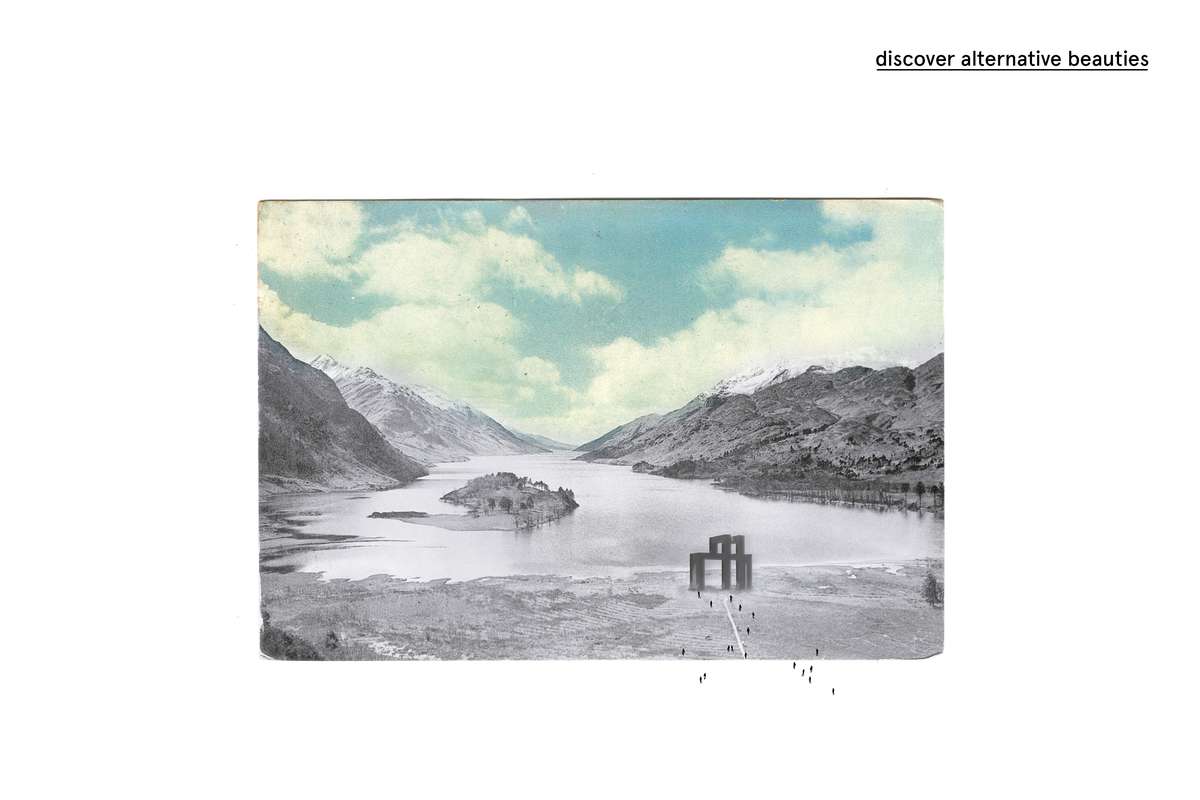
The project depicts places from where any postcard was sent before now because not available at all. Places off the beaten tracks in strong connection with their context.
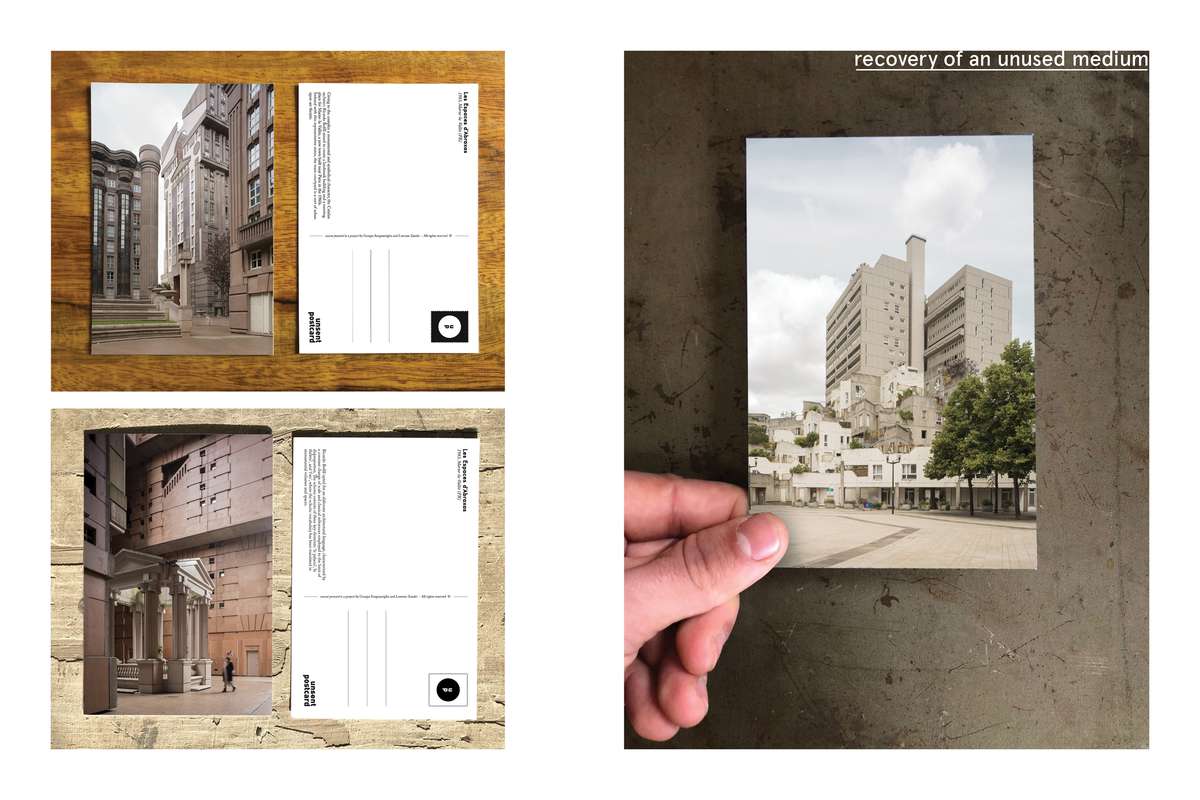
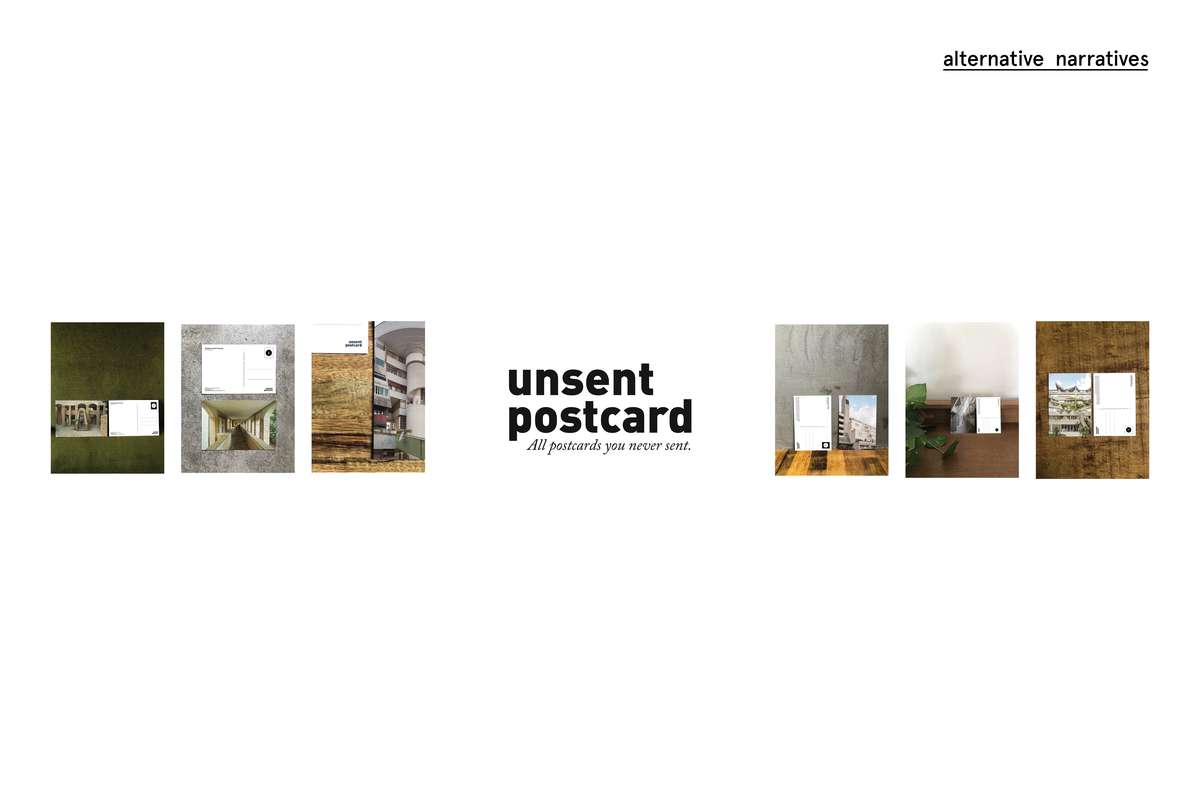
Unsent Postcard
Unsent Postcard

- Systemic changes
For decades, tourism destinations, particularly cities like Venice or Paris, have intensively relied on tourism market and Architecture has always represented an attractive force. However, they are now experiencing what is called the “overtourism” phenomenon, with ever-increasing tourist numbers and being mostly known for a few “instagrammable” glamour sites.
What can we expect from this new era of too much tourism?
Unsent Postcard answers inverting the process and celebrating significant, intriguing and rare architectures, cities and villages through the recovery of an unused medium of communication, the postcard. This project enlarges the concept of beauty and invites travelers to consider a wider range of places, take a moment to reflect on the experience and condense impressions in a few sentences on paper. Restoring the ideas of culture and sophistication of the Grand Tours, Unsent Postcard contrasts the consummistic and bulimic approach with slower meaningful explorations.
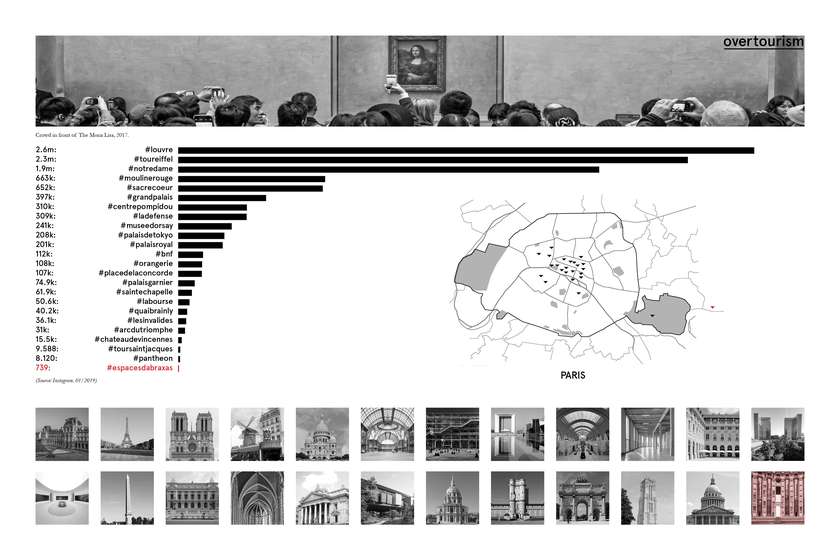
Opting for speed and mainstream “instagrammable” places, today’s travelers have almost lost the ability and the time to deeply understand the identity of the places they visit.
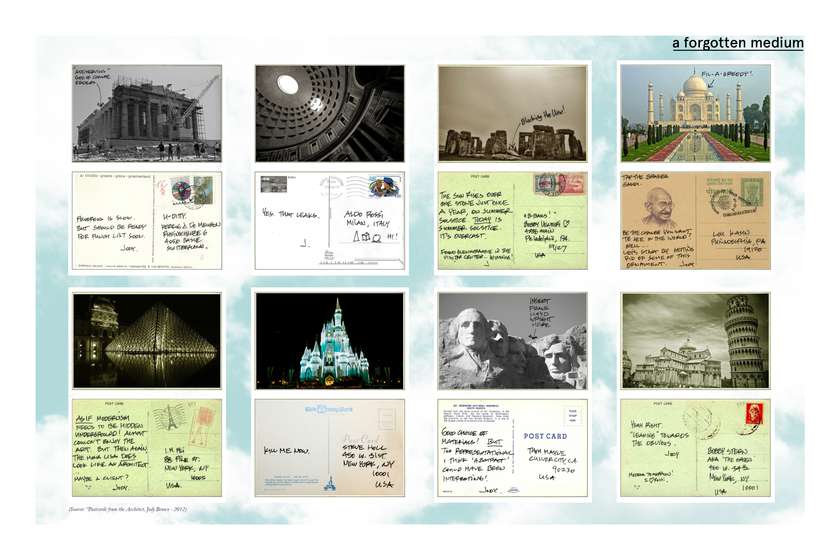
Mainly underrated now, the postcard has represented a powerful way to describe and spread the image of cities for many years, documenting the historical urban changes roughly from the ‘20s to ‘80s.
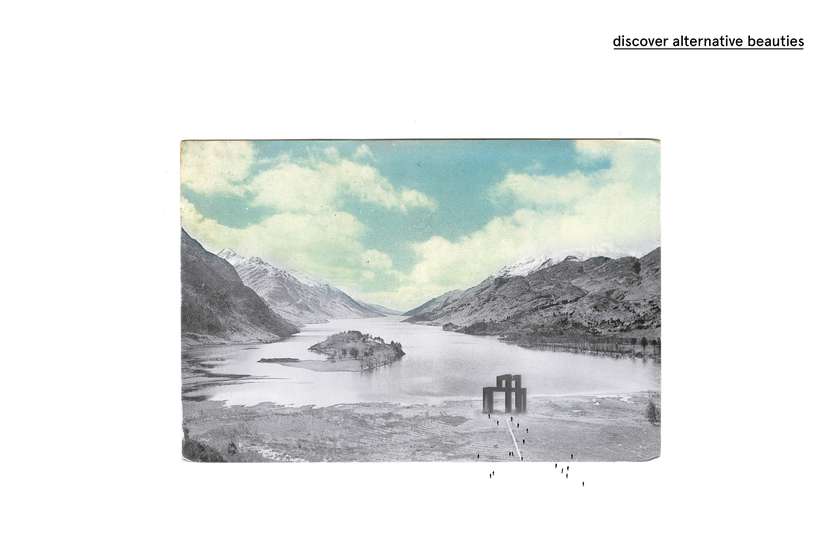
The project depicts places from where any postcard was sent before now because not available at all. Places off the beaten tracks in strong connection with their context.
